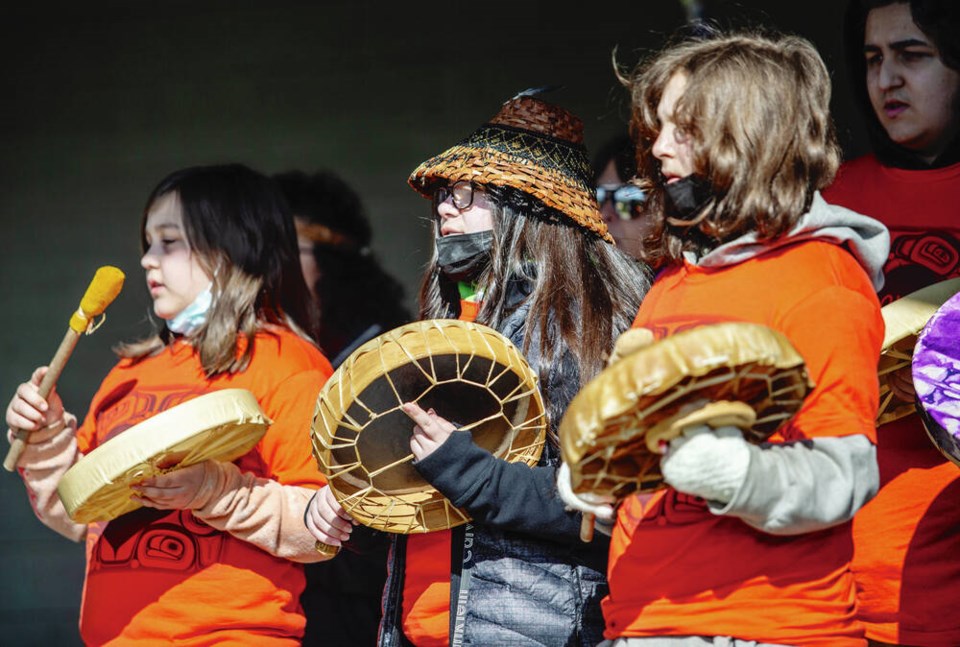As an optimist, I always appreciate a good success story. I take note and glean a lesson, an approach or a skill from others who have accomplished great things. We are the sum of the people around us, and we can increase those odds when we give a nod to people who deserve it.
Some successes are easily measurable, such as financial success. It is not as easy when we measure success in respect, compassion and friendship, and that is why when we see it done right, it’s important to take note.
This week, Sc’ianew First Nation signed a standstill agreement as it explores the option of creating an Indigenous Protected Area.
The signed agreement was with the District of Metchosin, Habitat Acquisition Trust and Pearson College. I assisted with external communications for the announcement. As I learned about the project and the key players, I realized how truly innovative the concept is.
The land proposed for the Indigenous Protected Area is home to some rare ecosystems and many plant and animal species at risk. Creating an Indigenous Protected Area could create opportunities for environmental protection and education.
All the agreement signers have been working together to explore this option. The proposed concept is still in the visioning and planning phases. An interesting component to the story is that project supporters are offering to assist with logistics, resources and fundraising.
There are a lot more complicated components to this project, but the area I want to share is the demonstration of mutual respect. If the project moves toward fruition, the fundraising components would be to compensate Sc’ianew for the land.
When I first heard this, it sounded good. Then I thought about it for a few days and really let the concept sink in. Working to preserve an area, and seeing the importance of compensating the Nation, is huge. The thought that has gone into this is demonstrating reconciliation in action.
Pearson College is planning to donate land to be included in the proposed Indigenous Protected Area, which ultimately returns some land back to Sc’ianew.
Sc’ianew First Nation sees creating an Indigenous Protected Area as a way to preserve culture, provide for future generations, and create a space for everyone to enjoy and learn from. In other words, open the land up to the public.
The relationship between the parties is not a business partnership — it’s a friendship with common goals.
If the Indigenous Protected Area is created, the Nation wants to share what it has with the greater community, and the community partners are working to ensure the Nation is supported and made whole for its contributions.
In my work in Indigenous relations, I am always talking about the importance of creating mutually beneficial relationships. We need to ensure that everyone benefits, and remind ourselves that providing a seat at the table cannot be the benefit — it needs to be more than that.
I had a friend from Haida Gwaii who taught me a teaching from her elders, about not holding things too closely that are important to you.
If you have an idea, a talent or a skill, it needs to be shared with others to have value. Keeping something to yourself will not offer a return.
Each of the parties is contributing something that benefits others. It’s a demonstration of what a community can be and what the benefits are.



